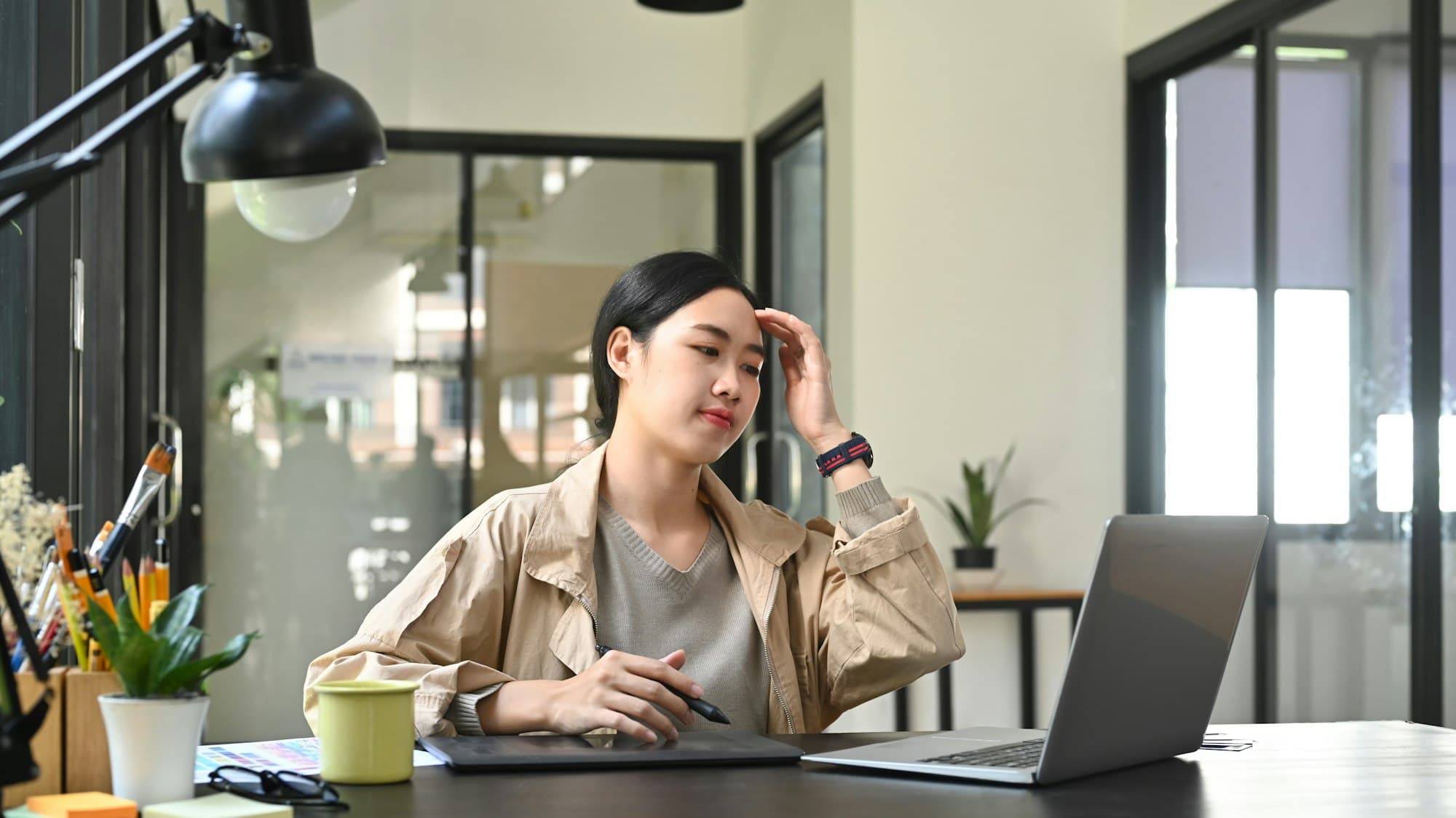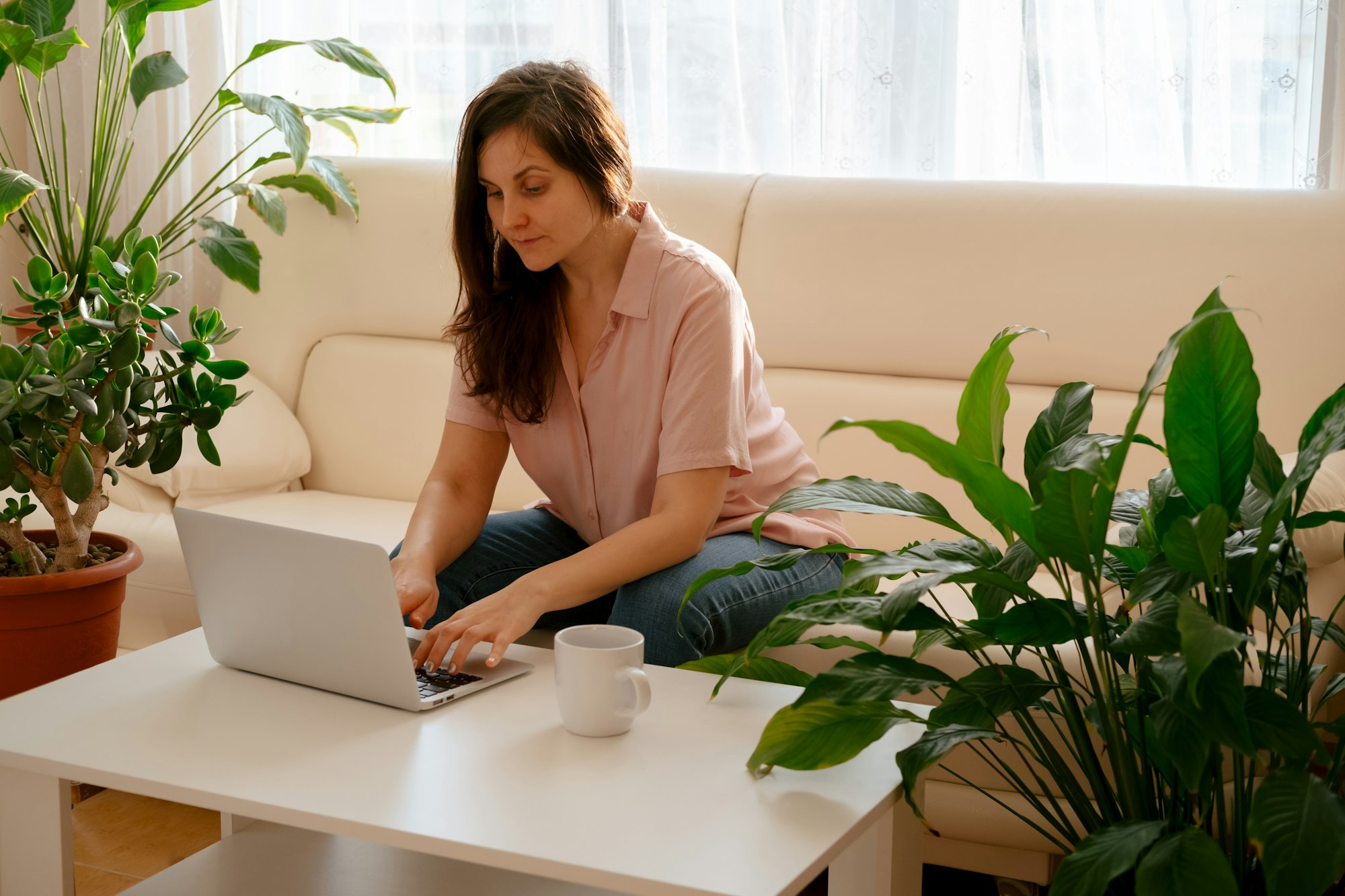
Editing Techniques to Enhance Colors in Street Photography
The Magic of Post-Processing in Street Photography
Picture this: You're reviewing your latest street photography session, and while the compositions are strong, the colors don't quite match the vibrancy you remember from the scene. This is where the art of color editing comes into play. With the right techniques, you can breathe life into your images, making them pop with the energy and atmosphere you originally envisioned.
In this comprehensive guide, we'll explore various editing techniques to enhance colors in your street photography. Whether you're looking to recreate the golden glow of sunset or bring out the subtle hues in a rainy day scene, these techniques will help you elevate your street photography to new levels of visual impact.
Understanding Color Theory in Post-Processing
Before we dive into specific techniques, it's crucial to have a solid grasp of color theory and how it applies to photo editing. Understanding concepts like color balance, saturation, and complementary colors will inform your editing decisions and help you achieve more natural-looking results.
I once attended a workshop where the instructor, a seasoned street photographer named Maria, emphasized the importance of color theory in editing. She showed us before-and-after examples of her work, explaining how she used color relationships to guide the viewer's eye and create mood. Her edited images weren't just brighter or more saturated; they were thoughtfully enhanced to tell a specific story about the street scene.
Basic Adjustments: Laying the Foundation
White Balance: Getting the Temperature Right
One of the first steps in color editing is ensuring your white balance is correct. This sets the overall color temperature of your image and can dramatically affect the mood.
I remember struggling with this concept until a fellow photographer shared a simple tip: look for something in the image that should be neutral (like a white wall or gray pavement) and use the white balance eyedropper tool to click on it. This often provides a good starting point for further adjustments.
Exposure and Contrast: Setting the Stage
Proper exposure and contrast are crucial for vibrant colors. Underexposed images often appear muddy, while overexposed ones can look washed out. Adjusting these parameters can help your colors shine.
A street photographer I know, Tom, often slightly underexposes his shots to preserve highlight details, then brings up the shadows in post-processing. This technique allows him to retain rich colors in both highlights and shadows.
Vibrance vs. Saturation: Understanding the Difference
While both vibrance and saturation increase color intensity, they work differently. Saturation boosts all colors equally, which can lead to an unnatural look if overdone. Vibrance, on the other hand, primarily affects less saturated colors and is gentler on skin tones.
I once saw a before-and-after comparison where a photographer had heavily saturated a street scene. While it initially looked striking, the overly saturated skin tones of the people in the shot made it look artificial. When he redid the edit using vibrance instead, the result was much more natural and pleasing.
Advanced Techniques: Fine-Tuning Your Colors
HSL (Hue, Saturation, Luminance) Adjustments
The HSL panel is a powerful tool for targeting specific colors in your image. You can adjust the hue (color), saturation (intensity), and luminance (brightness) of individual color ranges.
A street photographer I admire, Lisa, uses the HSL panel to create a signature look in her urban nightscapes. She often boosts the saturation of blues and purples while slightly desaturating yellows and oranges, creating a moody, almost cinematic feel in her images of rain-slicked streets.
Split Toning: Adding Depth to Highlights and Shadows
Split toning allows you to add different colors to the highlights and shadows of your image. This technique can add depth and atmosphere to your street photos.
I once saw a tutorial where a photographer used split toning to enhance a sunset street scene. By adding a subtle warm tone to the highlights and a cool tone to the shadows, he created a sense of depth that wasn't present in the original image.
Color Grading: Creating a Cohesive Look
Color grading goes beyond basic color correction to create a specific mood or style. It's often used in cinematography and can be applied to street photography to great effect.
A photographer friend of mine, Carlos, uses color grading to give his street portraits a consistent look. He applies a slight green tint to the shadows and a warm orange to the midtones, creating a look reminiscent of certain film stocks. This technique helps tie his diverse street portraits into a cohesive series.
Selective Color Adjustments: Directing Attention
Sometimes, you want to draw attention to specific elements in your street scene by enhancing their color. Tools like the adjustment brush or radial filter in Lightroom allow you to make selective color adjustments.
I once watched a photographer edit a street scene where the main subject was a woman in a red coat. By slightly boosting the saturation and luminance of reds only in the area of the coat, he made the subject pop without affecting the rest of the image.
Balancing Color and Authenticity
While these techniques can dramatically enhance your street photography, it's important to strike a balance between impactful colors and authenticity. Street photography often aims to capture real, unposed moments, and over-editing can detract from this authenticity.
I once had a mentor who advised, "Edit until it looks good, then dial it back 10%." This approach helps ensure your edits enhance rather than overwhelm the original scene.
Developing Your Color Editing Style
As you experiment with these techniques, you'll likely develop your own unique approach to color editing. Some street photographers prefer bold, saturated colors that leap off the screen, while others opt for a more subtle, muted palette.
A photographer I know, Sarah, has developed a distinctive style using a combination of split toning and selective desaturation. She slightly desaturates her entire image, then adds warm tones to the highlights and cool tones to the shadows. The result is a dreamy, almost painterly quality that's become her signature look.
To End Things
Enhancing colors in street photography is both a technical skill and an art form. It requires a good understanding of color theory, proficiency with editing tools, and a clear vision for your final image. But most importantly, it requires practice and experimentation.
Remember, the goal of color editing in street photography isn't to create fantasy scenes, but to enhance the mood and atmosphere you experienced when you captured the image. Use these techniques as tools to bring out the best in your photos, to draw viewers into the scene, and to tell the stories of the streets more vividly.
As you continue your journey in street photography, don't be afraid to push the boundaries of color editing. Try new techniques, develop your own style, and always keep learning. The streets are full of color, waiting for you to capture and enhance their vibrant stories. Now, armed with these techniques, go forth and paint your street photography with the full palette of your imagination.
